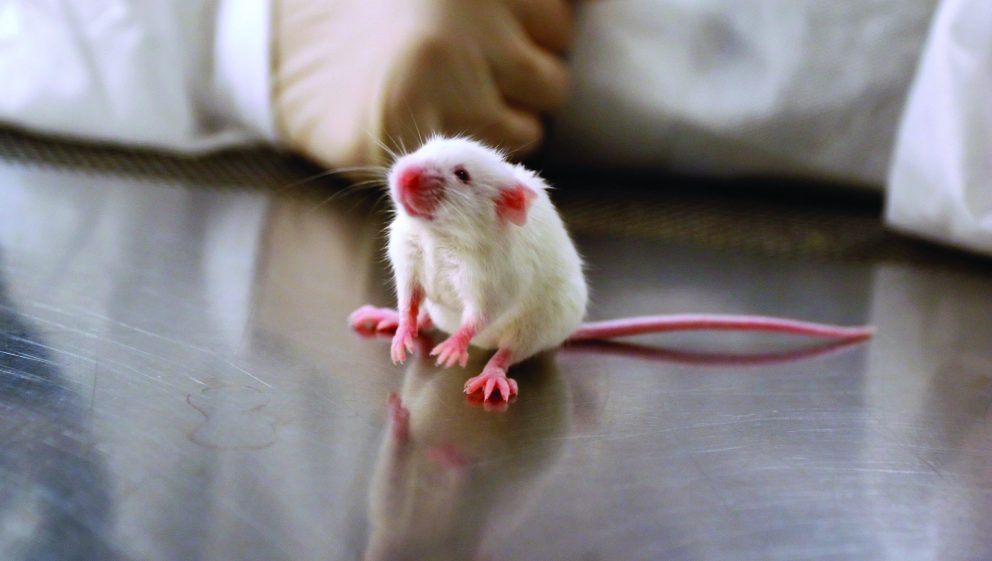A government report released on the 15th July reveals how more than 2.8 million animals were used in experiments in Great Britain last year. These animals included beagles, monkeys, rats and mice, cats and horses.
While the number of animals used in 2020 is less than the previous year, the decrease is due to the national lockdowns. In addition to some experiments being halted, on-site inspections – to check the animals welfare and the laboratory’s compliance with the law – were suspended. Instead of inspectors visiting laboratories to see the animals for themselves, they were relying on telephone and email.
The huge numbers of animals used, especially those bred overseas, shows that animal experiments are conducted on a global scale. Experiments, conducted at many universities, as well as other establishments, are conducted in most large cities in Great Britain. This is a global-to-local trade in misery and suffering.


